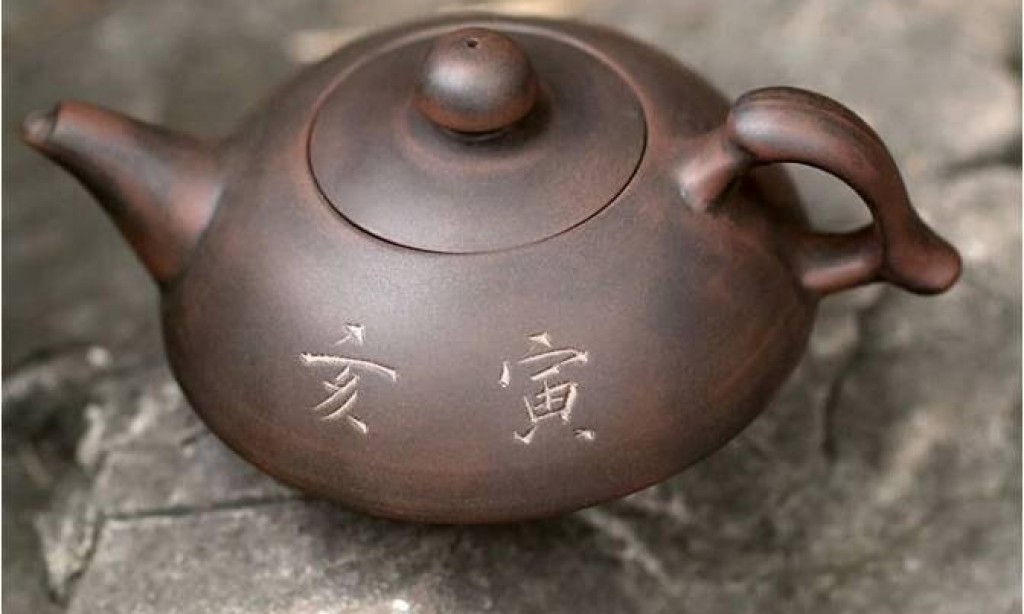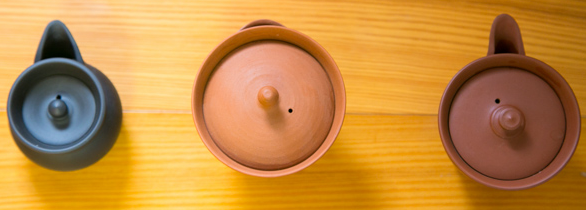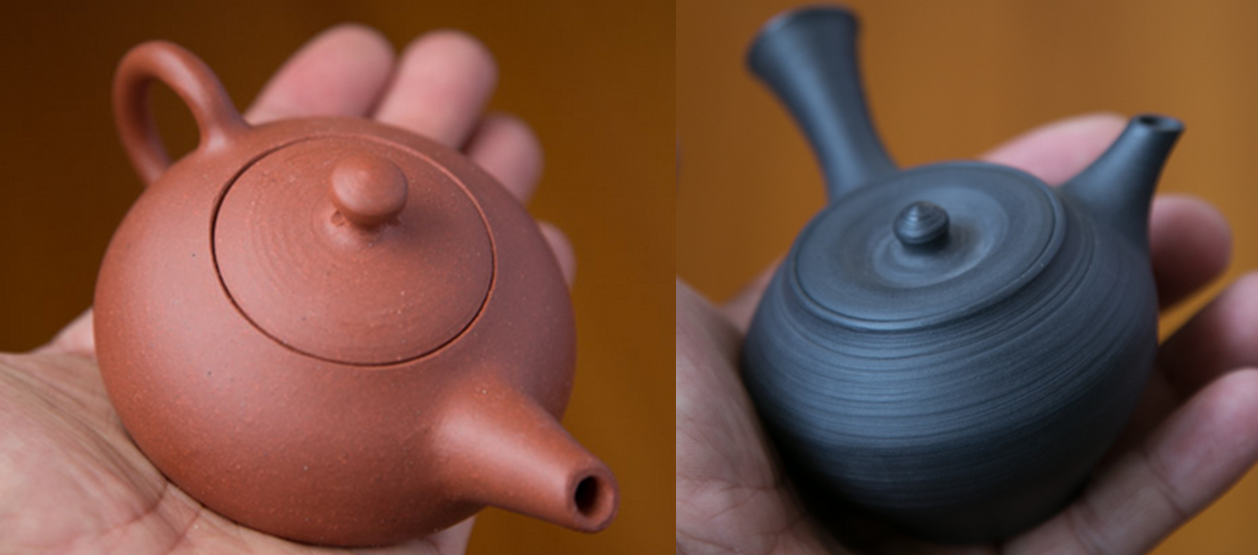Ever wondered, how claypots come in different colors? You would be surprised to know that your teapot/kettlepot’s color is based on some unique firing techniques.
The colour and texture of the teapot varies a lot, where the same clay could turn red, purple or black based on just the firing technique. In addition, the use of different firing techniques not only changes the colour of clay, but also the taste and flavour of the tea when it is brewed. Therefore, when selecting a teapot, it is important to consider the effects it brings to a tea rather than the colour of the teapot.
Oxidation and Reduction Firing
Mainly, there are 2 different firing techniques, which are oxidation and reduction firing. Oxidation firing is a process where complete and perfect combustion occurs when sufficient oxygen is supplied, converting all the fuel into carbon dioxide (CO2) and water (H2O). However, in reduction firing (also called incomplete combustion), the oxygen supply is insufficient for a complete combustion. However, hydrogen is still oxidized to water, but carbon monoxide is formed instead of carbon dioxide. Solid particles (particulates) are also released which contains carbon (C) and are seen as soot or smoke. The houhin on the left is a Mumyoi reduction clay, the center is a Tokoname oxidation clay and the one on the right is a Mumyoi oxidation clay.
Oxidation fire oxidizes the minerals
The oxidation fire oxidizes the clay as it releases a lot of heated oxygen during combustion. With oxidation fire, the minerals in a teapot are oxidized. For instance, iron is a mineral contained in clay and when a clay is rich in iron, after heated, it gets oxidized (oxidation of iron) and turns red. Another common exemplar, when a cast iron kettle or a frying pan is heated on a gas stove, the bottom part tends to turn reddish in color. This is also due to the oxidation of iron.
Reduction fire reduces minerals
On the contrary, a reduction fire releases carbon monoxide (CO) and hydrogen gas (H) as the by-products. These molecules are unstable and therefore looking for other free atoms like oxygen (O) to bind with and achieve stability. Thus, the availability of oxygen in the clay allows binding of molecules to occur, producing an end-product of carbon dioxide (CO2) and water (H2O). Hence, when a clay that is rich in iron, it may appears in different colours ranging from blue to black as a result of reduction [Fe2O3 + CO ===> 2FeO + CO2 (FeO, ferrous iron oxide)]. This is the mechanism minerals get reduced during combustion.
In the above picture, the left hand side teapot is made through oxidation technique and the right hand side teapot is made through reduction technique . This is how the look of your teapot is entirely dependant on the firing techniques!







